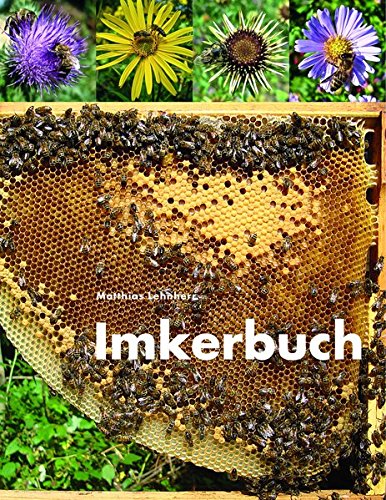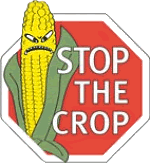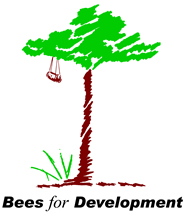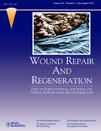Epithelial Mesenchymal Transition Traits in Honey-Driven
Keratinocyte Wound Healing: Comparison Among Different Honeys
Honey has been used since ancient times for wound repair,
but the subjacent mechanisms are almost unknown. We have tried to elucidate the
modulatory role of honey in an in vitro model of HaCaT keratinocyte
re-epithelialization by using acacia, buckwheat, and manuka honeys.
Scratch wound and migration assays showed similar increases
of re-epithelialization rates and chemoattractant effects in the presence of
different types of honey (0.1%, v/v). However, the use of kinase and calcium
inhibitors suggested the occurrence of different mechanisms. All honeys
activated cyclin-dependent kinase 2, focal adhesion kinase, and rasGAP SH3
binding protein 1. However, vasodilator-stimulated phosphoprotein, integrin-β3,
cdc25C, and p42/44 mitogen activated protein kinase showed variable activation
pattern. Re-epithelialization recapitulates traits of epithelial-mesenchymal
transition (EMT) and the induction of this process was evaluated by a
polymerase chain reaction array, revealing marked differences among honeys.
Manuka induced few significant changes in the expression of EMT-regulatory
genes, while the other two honeys acted on a wider number of genes and
partially showed a common profile of up- and down-regulation.
In conclusion, our findings have shown that honey-driven
wound repair goes through the activation of keratinocyte re-epithelialization,
but the ability of inducing EMT varies sensibly among honeys, according to
their botanical origin.
 Lehnherr, Mathias (8. Aufl. 2017) [1992]: Imkerbuch
Lehnherr, Mathias (8. Aufl. 2017) [1992]: Imkerbuch



